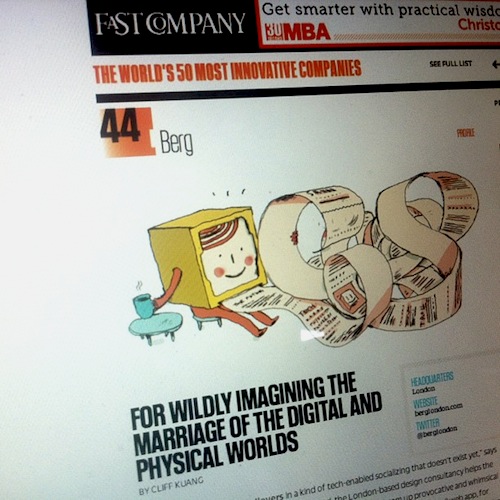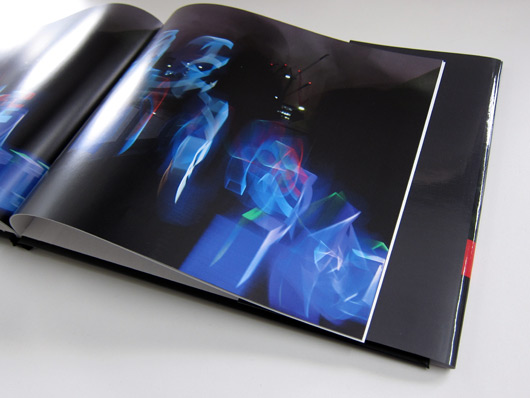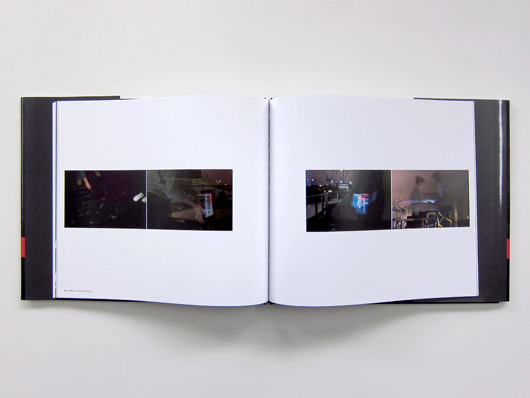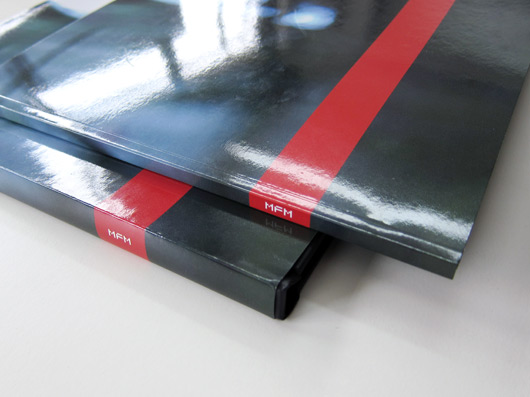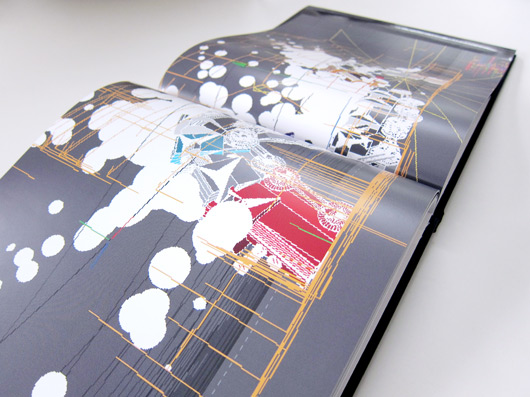Some history
Jack Schulze and I dispute where we met, but I know when we first worked together. In 2005 he offered to have his students design icons for some experimental social software I was making. He showed me the options, and the best one had gone against specific requirements in my brief. I picked it anyway. It wasn’t from any of his students it turned out. He’d done the work himself and put it under my nose secretly.
Schulze & Webb Ltd isn’t the original name of the company. Schulze and I renamed an off-the-shelf company we bought in summer 2005 — that’s often the easiest way to start up in the UK. So for a while the company was called Z.V.B. Ltd. “What does that stand for, Zero Version Behaviour?” said Schulze’s dad. And that particular company was formed 1 June 2005. I like that it pre-dates us, if only by a few weeks.
In the summer of 2008 we began the Dayuejin. It’s important to name the eras of a company. It gives a sense of purpose, and of history. The Dayuejin is also known as the Great Leap Forward. To make the products we wanted, we needed more money petrol, which needed bigger projects, which needed more people and a bigger studio, which needed more money, which needed our own projects to build confidence. Everything had to move forward at once. It took a year, more or less, to find the right way to do it and lock it in.
The current era started last week. It’s the Escalante, the Grand Staircase. We’re in the third stage of the business plan I wrote in 2006. Tom Armitage started with us as lead developer and writer at the beginning of 2009. Matt Jones joined mid this year.
Today
This is an invention, strategy and new product development design company. Schulze looks after NPD. Matt Jones looks after design and client services. I help keep the wheels turning. In addition to Tom, there is a network of expert practitioners in electronic and mechanical engineering, industrial design, print, 3D, animation, videography, visualisation, data-mining, coding and technical development. We have growing experience in more and more of fulfilment and the supply chain, with patents in progress, and some neat products either out of the door or in development.
I look at the ideas, people, projects, ways of working, products in development, our friends and culture, and I have to say it: I’m proud. S&W laid the right foundation, and it’s bittersweet to say goodbye to this part of our lives.
We need a name for the next four years. I’ll ask Schulze to say more about the brand in the coming days. For the moment, from all of us, welcome.
A new name
This is BERG.
